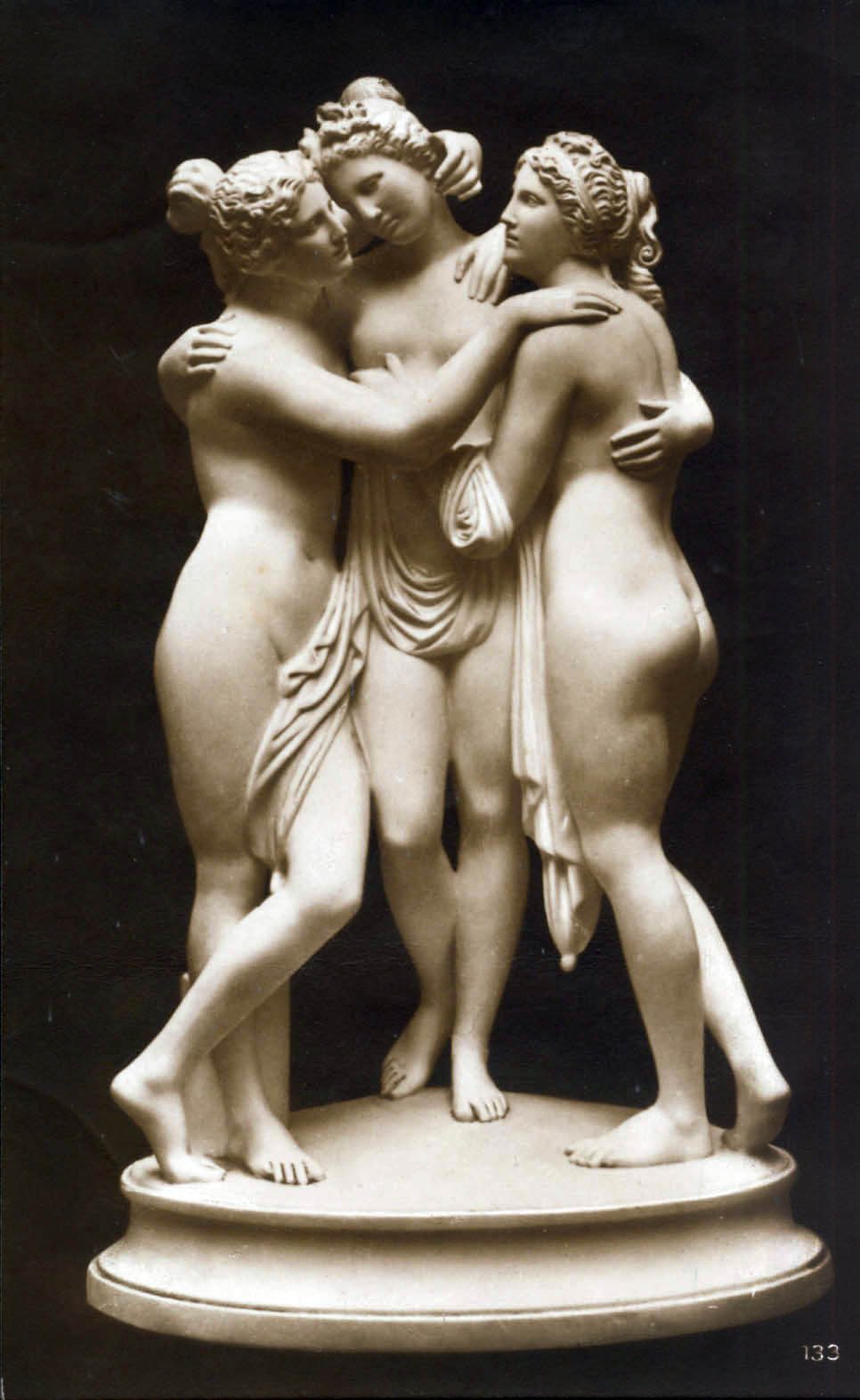Leslie-Lohman Museum of Gay and Lesbian Art unveils its classical nude exhibition with queer artists.
New York City’s Leslie-Lohman Museum of Gay and Lesbian Art will present Classical Nudes and the Making of Queer History, opening on October 18, 2014. For the first time ever, the exhibition will trace the same-sex gaze as grounded in the classical form, from Antiquity to the present day.
This ambitious project, curated by Jonathan David Katz, will please lovers of the female form and its many expressions in art and by diverse artists.
“Not only is [the classical nude] the longest lasting, most influential visual form for representing the human body up to the present day, but also it has become so powerfully naturalized as merely ‘the nude’ that we have often lost the ability to see it as a specific historical type, with a particular history, geography and canon,” says Katz.
The exhibit will begin with the marble and bronze sculptures from Greece and Rome, as well as Greek ceramics all representing versions of a Classical archetype appropriated by queer artists over time. The Renaissance section of the exhibit explores the period’s pervasive homoerotic representation of the Classical Nude.
The 18th and 19th centuries, feature artists who appropriated Classicism for future art movements, and the emerging field of gay art.
Of particular interest to queer female spectators will be contemporary works by women of color and transgender artists such as Tee Corinne’s The Three Graces and Del LaGrace Volcano’s Herm Torso. Many other notable queer female names are featured in the exhibition including Djuna Barnes, Romaine Brooks, Heather Cassils, Patricia Cronin, Eve Fowler, Nan Goldin, and others.
The exhibition will feature around one hundred sculptures, paintings, drawings, photos, videos, and prints from the Museum’s permanent collection, the Library of Congress, Smithsonian American Art Museum, New York Public Library and many other institutions.
Katz says, “Many of the earliest homoerotic images in the newly visible homosexual canon were by women, in part because while men lost status in declaring their homosexuality, for many women—conventionally forced to live under their father’s roof and then their husband’s with little to no independence—homosexuality offered a means not only of declaring autonomy but even competing with men for the affections of women.”
INFO:
The Leslie-Lohman Museum of Gay and Lesbian Art, 26 Wooster Street SoHo New York City. Admission is free, Tuesday through Sunday, 12-6 pm, and Thursday, 12-8 pm.
